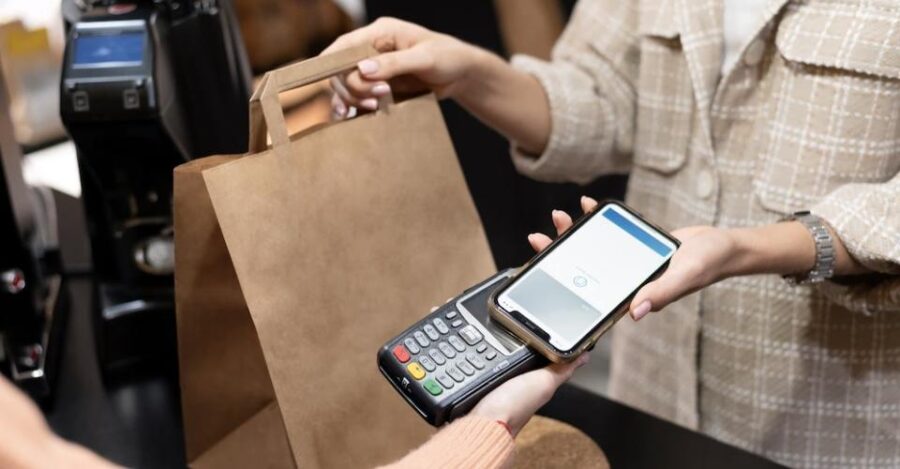Telecom & Technology Consulting

Technology can do wonders for growing retail operation. The right combination of software and systems improve the customer experience, enhance employee productivity, and optimize the supply chain. Cutting-edge technology can also provide another key benefit: frictionless shopping.
“Frictionless shopping” means eliminating unnecessary steps or obstacles between a consumer’s desire to buy and the completion of the transaction. There has always been “friction” in retail, ever since the first medieval merchants set up shop hundreds of years ago. But with near-zero customer loyalty these days, the need to reduce friction is more vital than ever before.
Yet retail leaders must also recognize that friction often occurs where it’s not so obvious – far from the actual cash register or online shopping cart. Obstacles to purchase can come up at any stage in the omnichannel shopping experience. This is because retailers must also remove friction from the employee experience. Because if a worker doesn’t have a clear, unobstructed path for selling, that blockage will naturally trickle down to the customer experience.
Retailers have a host of tech options to achieve frictionless shopping status. One option is Radio-Frequency Identification Technology (RFID). A solution that improves inventory management, RFID allows retailers, in real time, to track products as they wind their way through the supply chain and wherever they move within the store. RFID provides many advantages, and lets employees know precise inventory levels, which reduces the time it typically takes to assess if an item is in fact in- or out-of-stock. RFID simply gives retailers a smarter inventory management tool. Staff is always 100% informed and coordinated at every step in the shopping and sales process.
Mobile point of sale systems (MPOS) also do an incredible job at reducing friction. Instead of waiting in line, with MPOS customers can pay anywhere in the store; it’s basically instant checkout. With a tablet or smartphone integrated with MPOS, customers get the convenience and speed they’re increasingly demanding from retailers. Customers just tap, insert, or swipe and the transaction’s complete. And because retailers have the ability to process transactions anywhere in the store, MPOS cuts the chances of cart abandonment.
Chatbots and virtual assistants provide another way to reduce friction. Since these essentially take the place of human customer service reps, they can be available 24/7, on any platform, to deliver instant and automated answers to customer queries. Even more, being powered by artificial intelligence allows chatbots to provide personalized service, including product recommendations based on customer profiles.
As we can see, anything that speeds up the sale automatically cuts into the chances of friction occurring. And empowering customers with insights reduces friction even more. In fact, with AI-enhanced data, retailers are witnessing a generational transformation in the way consumers shop. Indeed, 21st century consumers have unlimited information at their fingertips, being able to instantly compare prices, research similar offerings, and scan reviews.
The most powerful tool in this category is generative AI. With this technology, retailers can analyze historical data and predict consumer behavior. This ability benefits customers, in that they get more precise product recommendations, increasing the odds of mere browsing turning into a successful transaction.
Shopping recommendations can become more powerful with beacon technology. Tiny and low-energy, beacon-driven devices send signals to smartphones of consumers within a certain proximity of the store. Retailers send notifications, promotions, and other messages to nearby customers, allowing them to attract shoppers who might otherwise never walk into the store. Retailers can customize offers and discounts based on preferences and shopping history.
When a retailer reduces friction, they sell more while eliminating potential consumer frustration. And that’s a win for everyone.